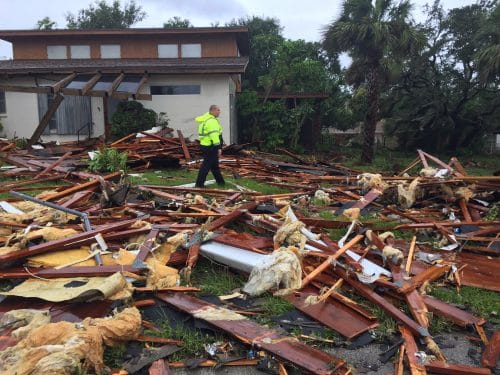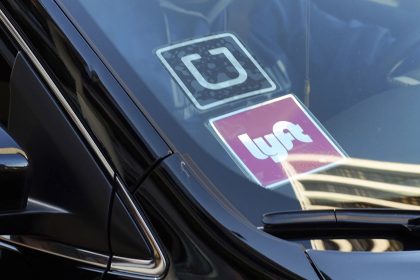Under Risk Rating 2.0, High-Income Communities Finally Pay Their Fair Share
COMMENTARY

Low-income neighborhoods face long roads to recovery as they are often disproportionately affected by natural disasters like hurricanes and flooding. Yet, instead of paying an equitable amount for the coverage they need, they continue to subsidize flood insurance for affluent, coastal communities. However, implementing a new FEMA flood pricing methodology, referred to as Risk Rating 2.0, will correct a longstanding inequality in insurance premiums by more closely aligning flood insurance pricing to risk.
Before Risk Rating 2.0 was Risk Rating 1.0 which intended to make rates fairer and more equitable. Unfortunately, it resulted in billions in accumulated debt and inadequate efforts to match expenses from flooding, especially as costs continued to increase.
Highlighting FEMA’s priority of a “culture of preparedness,” Risk Rating 2.0 is the agency’s first line of defense. The new methodology allows FEMA to course-correct after identifying the prior program’s inequities and prioritize mitigation to reduce longer-term risks from future disasters. It also enables equitable increases and decreases in insurance rates that reflect a household’s risk level and property value more accurately while giving consumers the protection they need against storms.
Risk Rating 2.0 addresses the longstanding systemic pricing issues to root out financial inequalities while accurately adjusting flood risk as it relates to the property values of the 5 million National Flood Insurance Program policyholders. Higher-income communities will finally pay their fair share, thereby relieving some policyholders in lower-income communities from the burden of paying more than they should.
After 50 years of unequal NFIP rating estimates and Risk Rating 1.0’s inability to provide an equitable solution, low-value properties will be far less likely to subsidize high-value properties under Risk Rating 2.0. With the new methodology taking into account more risk variables and rating each home individually, these lower-value properties will see decreases in their overall insurance cost. In stark difference from its predecessor Risk Rating 2.0 will halt increases when a property reaches its full-risk rate.
High-risk properties, including many in high-income communities with multi-million-dollar beachfront homes, will now be responsible for paying insurance rates that reflect their risk. These are the property owners that have not paid their part of the bill in a long time and Risk Rating 2.0 will put an end to this inequitable cycle.
With an emphasis on property-specific risk, property buyers can enter into their financial transactions with complete insurance transparency and trust in the corrected system.
Through Risk Rating 2.0, FEMA will level the playing field that has long favored wealthy policyholders over others and end a form of welfare for the rich. After years of imbalance, prioritizing affordability and creating deterrents from building in high-risk zones will lead to more effectively and equitably insured communities.
As climate change drastically worsens natural disasters and the scars they leave across our country, we must prioritize programs and policies like Risk Rating 2.0 that help us establish a more resilient and just system for American consumers. Risk Rating 2.0 will allow us to focus on the critical issues following a disaster: ensuring the safety and security of the communities affected.
Steve Pociask is president and CEO of the American Consumer Institute, a nonprofit education and research organization. Follow ACI on Twitter @ConsumerPal.























